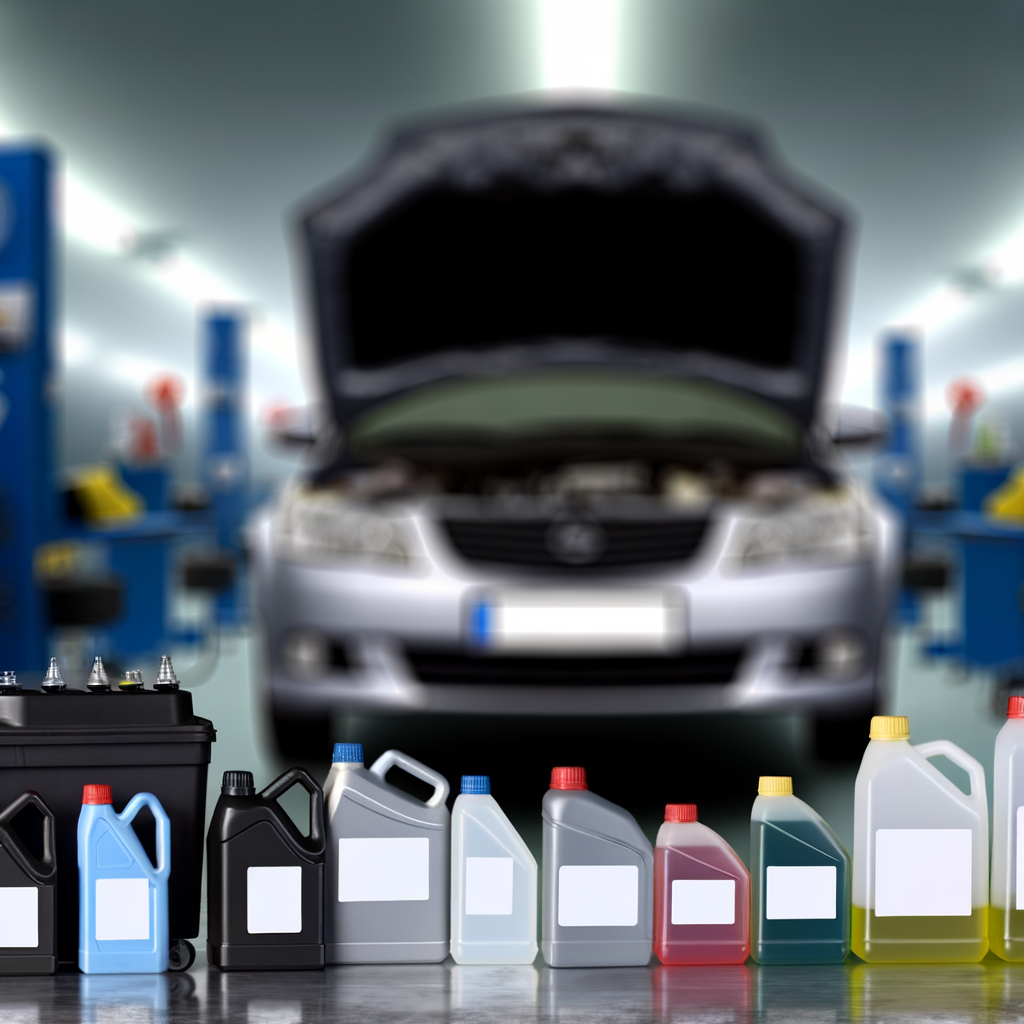Understanding Your Vehicle’s Fluid Levels: A Complete Guide
Keeping up with your vehicle’s fluid levels is crucial for optimal performance and longevity. From oil to coolant, each fluid plays a key role in keeping your car running smoothly. In this complete guide, we will delve into the importance of monitoring these levels and provide tips on how to ensure your vehicle stays in top condition.
The Importance of Regularly Checking Fluid Levels
One of the simplest and most effective ways to maintain your vehicle is by regularly checking and topping up its fluid levels. Each fluid serves a specific purpose, such as lubricating engine parts, cooling the system, or assisting with braking. Failing to monitor these levels can lead to serious damage and costly repairs down the line.
Oil
Oil is often referred to as the lifeblood of your vehicle, as it lubricates the engine’s moving parts, reduces friction, and helps dissipate heat. Without proper oil levels, your engine can suffer from increased wear and tear, leading to potential breakdowns. Check your oil level regularly using the dipstick and top up as needed.
Coolant
Coolant is responsible for regulating your engine’s temperature and preventing overheating. Low coolant levels can cause your engine to overheat, resulting in serious damage. Make sure to check your coolant reservoir and top up with a mixture of coolant and water as required.
Brake Fluid
Brake fluid is essential for transferring the force from the brake pedal to the brake pads, allowing your vehicle to stop safely. Low brake fluid levels can compromise your braking system’s effectiveness, putting you at risk on the road. Regularly check your brake fluid reservoir and top up as needed.
How to Check and Top Up Fluid Levels
Checking and topping up your vehicle’s fluid levels is a straightforward process that can be done at home or by a professional. Here are some general steps to follow:
Step 1: Consult Your Owner’s Manual
Before checking or topping up any fluid, consult your owner’s manual for specific instructions and recommendations from the manufacturer.
Step 2: Park on a Level Surface
Ensure your vehicle is parked on a level surface and turned off before checking any fluid levels.
Step 3: Locate the Reservoirs
Identify the reservoirs for each fluid (oil, coolant, brake fluid) and remove any caps or dipsticks as necessary.
Step 4: Check the Levels
Use the dipstick or markings on the reservoir to check the fluid levels. If they are below the recommended levels, top up with the appropriate fluid.
Conclusion
Regularly monitoring your vehicle’s fluid levels is a simple yet effective way to ensure its longevity and performance. By understanding the importance of each fluid and following the proper steps to check and top up levels, you can keep your car running smoothly for years to come. Remember, a little maintenance now can save you from costly repairs later on. Stay on top of your vehicle’s fluids, and enjoy a hassle-free driving experience!

